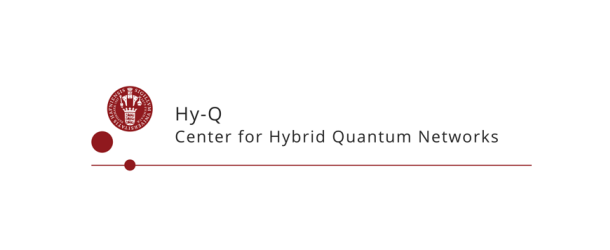Copenhagen Researchers Produce Photon Source and Prove it Can Be Used to Reach ‘Quantum Advantage’

(SciTechDaily) Researchers at the University of Copenhagen’s Niels Bohr Institute in collaboration with University of Bochum have joined Google in the race to build the world’s first quantum computer with what they are calling a “major breakthrough.” While the researchers have yet to conduct an actual ‘quantum advantage’ experiment, their article in Science Advances proves that their chip produces a quantum mechanical resource that can be used to reach ‘quantum advantage’ with already demonstrated technology.
“It could cost us 10 million Euro to perform an actual experiment that simultaneously controls 50 photons, as Google did it with superconducting qubits. We simply can’t afford that. However, what we as scientific researchers can do is to develop a photon source and prove that it can be used to achieve ‘quantum advantage’. We have developed the fundamental building block,” explains Assistant Professor Ravitej Uppu, lead author of the results.
“We now possess the tool that makes it possible to build a quantum simulator that can outperform a classical computer. This is a major breakthrough and the first step into uncharted territory in the world of quantum physics,” asserts Professor Peter Lodahl, Director of the Center for Hybrid Quantum Networks (Hy-Q).
Specifically, the researchers developed a nanochip less than one-tenth the thickness of a human hair. The chip allows them to produce enough stable light particles, known as photons, encoded with quantum information to scale up the technology, and in so doing, may achieve what is known as ‘quantum advantage’: the state where a quantum device can solve a given computational task faster than the world’s most powerful supercomputer.



















